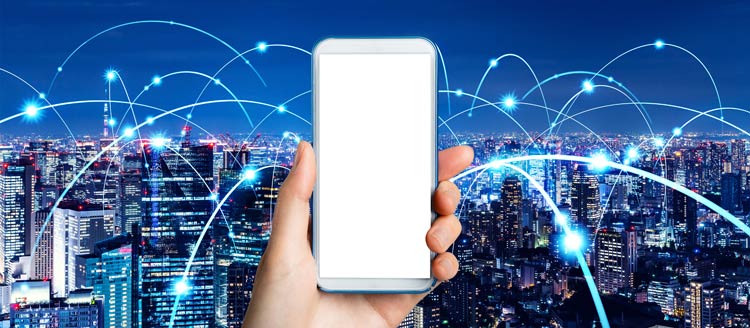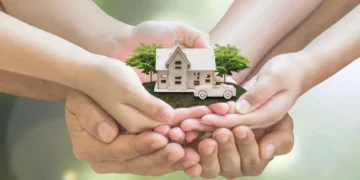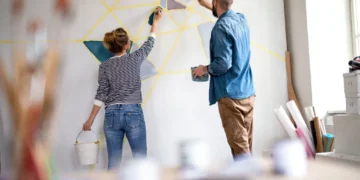Have you ever found yourself wondering what the future of technology holds for us? From movies about intergalactic travels to technological breakthroughs, we all can’t help but wonder what our lives would look like in 20-40-60 years—just thinking back to 30 or 40 years ago. All the applications that are currently available in a 5.5-inch device would cover a 500 square foot area. We’re talking about writing, music, calculator, computer, GPS-free geo-location system, telephone and, of course, the internet.
The internet changed everything, but the most significant changes were possible due to better, faster, and smaller technology. The first computer ever built covered 1,800 square feet and weighed around 50 tons. Now we carry it in the palm of our hands. Now think about everything else the technology development gave us. From respirator machines used in the ICU to microwaves used in our homes and from communication that allows us to stay connected to the smartphone in our pocket, all of these were science fiction topics decades ago but are now a reality. Even the real estate industry has plenty of options to transition into the online world.
The Technology of the Future is Here
So what if I tell you that tomorrow’s reality will give us the possibility to know the desk occupancy ratio from a company that has an office in India instantly? Or maybe we want to see the temperature from Goa, India, before we board the flight? How about the number of available parking spaces in a parking lot before we spend time trying to find the spot? Or maybe you want to be notified when your teenage kids try to sneak out?
What if I tell you that tomorrow is now? What if I tell you that we have the technology available and ready to use? What if I tell you that by using this technology, we can significantly improve our whole lives? Does it sound too good to be true? Maybe it does, but that does not make it false. It all became possible in 2009 when three friends in France started their venture towards developing a long-range, low-power modulation technology for the metering industry, currently known as LoRa, the physical part of the technology. After years of research, LoRaWAN was developed, which is the application part of the technology.
While I will try to simplify this technology for you, readers, we’ll deal with some highly advanced technical terms. Those terms will be explained to the best of my abilities, but do be warned. Here we go.
LoRa – the Technology of the Future
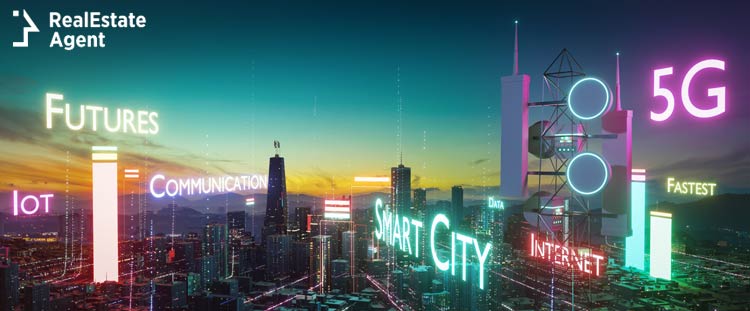
Whenever you hear about a new technology developing, a new product designed, or a new producer on the market, the first thing you check before investing anything is who supports it. This is why the first thing I’m going to tell you about the LoRa technology is that it is supported, promoted, and backed by over 500 companies worldwide. The LoRa Alliance was founded in 2015. The growing technology alliance includes technology leaders such as IBM, HP, Cisco, Semtech, and product companies like Bosch, Mueller, Schneider, and telecommunication companies like Orange and Wifx, to name a few. When the biggest and baddest in the industries affected by this technology are climbing aboard, we get reassurance that this technology is a sure thing. That is why it is safe to say that this is what the future will look like.
The most appealing thing about the LoRa Alliance is that it’s an open, non-profit association that focuses on the Internet of Things (IoT) era. The Internet of Things is the idea that any consumer or industrial device can be connected to the internet in one way or another to increase application, drive functionality and improve efficiency. The association works to enable the Internet of Things towards standardizing a low-power, wide-area network to drive the world’s connectivity to its potential. The reason behind this incredible collaboration is global. With resources being drained, pollution levels growing, and energy consumption at an all-time high, this technology can elegantly solve many of today’s problems. How? It’s incredibly low energy consumption and its long-range coverage.
So what is LoRa, and what is LoRaWAN?
Firstly we need to understand how data transmission works. Looking at telecommunication companies and networks, the best technologies available until recently are Bluetooth, WiFi, 3G, 4G, and 5G. These are the most common wide area network technologies like the mobile technologies mentioned above. Still, these technologies consume a lot of power. I don’t know about you, but I charge my phone every day. A smartphone transmits large amounts of data at high speeds over long distances, the downside being that your phone’s battery won’t last long. It will last even less if you’re in an area with low coverage as it constantly seeks reception.
So, while Bluetooth signals cover a 32-feet range for 2.5 mW, WiFi covers a 160-foot range for 80 mW, and mobile networks cover a 3.1 miles range for 500 mW, LoRa covers over 9.3 miles for 20 mW. Now, you might be thinking that 9.3 miles isn’t that much, but the world record for distance using LoRaWAN is currently 476 miles, and for that, only 25 mW of power transmission was used. Seeing as five milliwatts (mW) is used to light a typical laser pointer, five times that amount can cover 476 miles through LoRa modulation. So imagine using the power from five regular laser pointers to transmit data 476 miles away. That’s what LoRaWAN allows us to do.
LoRa Modulation Technology
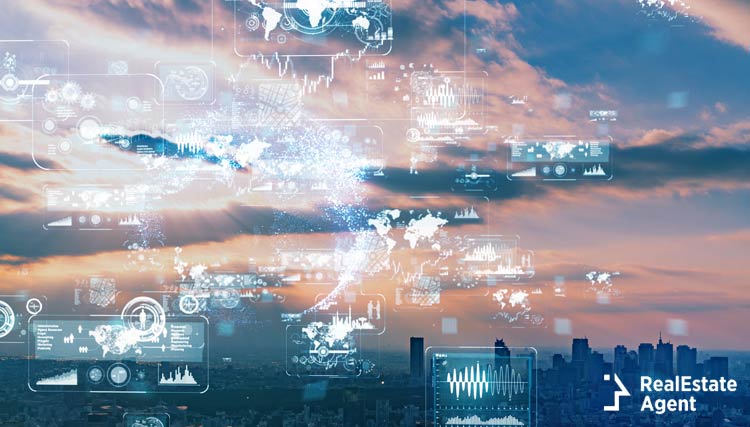
LoRa stands for long-range, and it is the physical layer at which the communication happens. The idea was to transmit data by using a low amount of power. The only known technology that could do that was used for sonars, and it uses the Chirp Spread Spectrum modulation technology. This technology does not use the internet, but the radio. Radio signal modulation can be done through amplitude modulation (AM) and frequency modulation (FM). We all heard of these from radio stations.
Now, while in radio transmissions these modulations were used for songs and speech, the LoRa modulation technology focuses on binary transmission, 1’s and 0’s. So if the binary transmission can be done through FM by using the two frequencies like frequency-shift keying, the LoRa does it by sweeping between the two frequencies on an up chirp and down chirp (rising and falling signals used to encode information that is highly resistant to interference). An up signal is a 1 and a down signal is a 0. Like this, we can now use the technology used in sonars to transmit complex data over a long-range with limited power consumption. Through LoRa, humanity will be able to create very large-scale networks using LoRaWAN protocols.
LoRaWAN Protocol

LoRaWAN is the protocol on which LoRa can communicate. It was created to allow LoRa modulation to transmit data through message formats and security levels like any other network. These protocols are standardized globally to ensure that all LoRaWAN products and technologies can communicate with each other. This allows users to create IoT solutions, and here we can think of LoRa home security systems for your home located on another continent. This links into that long-range I mentioned before.
The LoRaWAN protocol allows all the devices to talk to each other, and from there, you can create a LoRaWAN network. All you need for this is the sensors or end nodes that read the data, the hub or gateway that collects the data and transmits it to the cloud or network server, where it is sent to be interpreted by the application servers. All of this happens through momentary transmissions in between periods of sleep for the LoRa devices. This allows energy consumption to be so limited that battery life on these devices starts at five years and goes up to 30 years, depending on the sensor activation periods. And we’re talking about ordinary batteries here. The only device connected to the electricity and internet is the gateway, making all the other devices and sensors connected to it entirely off the grid. They don’t consume wireless signals or electricity, aside from the batteries they use.
LoRaWAN Applications
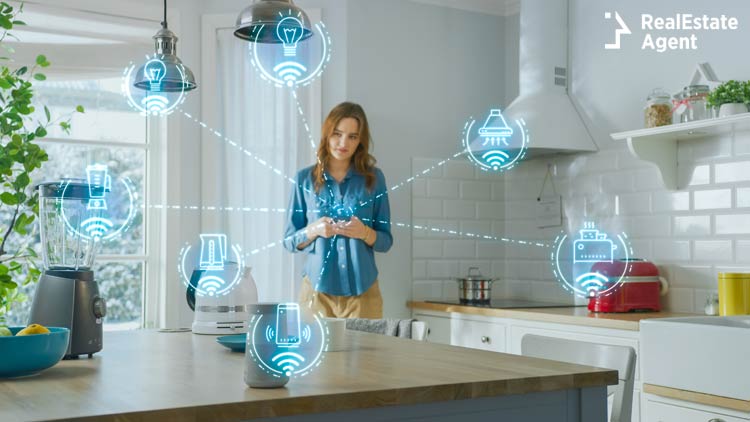
All that you need to know about LoRaWAN is that while other technologies were and still are struggling with power usage, LoRaWAN managed to bypass it. The technology is so new that people, scientists are still discovering how they can use it. They know that the network seems to be applicable in mostly anything.
The Internet of Things aims to connect any object to the internet and allow it to communicate with other objects as well. This technology can not be limited to that technical term as it has the ability and possibility to take the world to the next level in a sustainable way.
Smart Agriculture

Agriculture is the most important industry in most countries both to life and to the economy. We use agriculture for food supplies around the globe, and it is also among the most polluting industries out there. Through IoT applications using LoRaWAN systems, we can reduce the environmental effects, minimize expenses, and maximize production. LoRaWAN can be used to measure environmental conditions and soil fertility, influence crop production, track livestock, and overall, improve the operations through:
- GPS-free geolocation trackers and biometric sensors for livestock to monitor position and health;
- Soil moisture monitoring;
- Soil sensors to determine soil quality;
- Irrigation systems that respond to the moisture sensors for areas that need watering.
Smart Cities
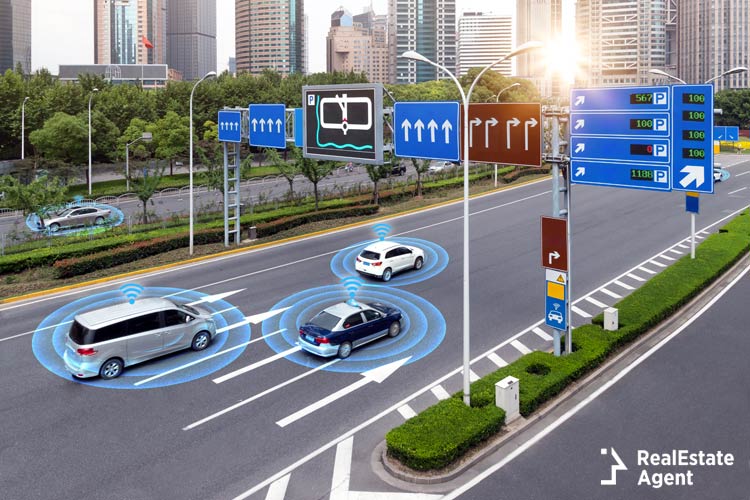
Everyday municipal operations can be improved by calculating and managing the need. We might not get as far ahead as flying cars, but the technology is still young and developing. Many more applications might be available for smart cities of the future, but right now, the following can be implemented or have been already in some cities:
- Smart bus schedule through GPS-free geolocation tracking systems;
- Smart street lights that activate when needed through movement sensors;
- Smart waste management through waste capacities evaluations in real-time;
- Smart parking, as mentioned above, to detect empty parking spaces;
- Smart environment by monitoring natural disasters, floods, water systems, and monitoring endangered species. Here I want to mention that LoRaWAN can allow us to close gas and water pipes in case of an earthquake, tell us ahead of time if a tsunami is approaching, monitor storm patterns for storm-ready cities like Indian Harbour Beach, and better monitor tornado risks. All over great distances.
Smart Healthcare

Because of its low power, low cost, and wide range, LoRa technology can and has been implemented in critical care units. This technology is, quite literally, improving healthcare and livelihood.
- Food safety by monitoring food temperatures, prevent spoilage, and reduce waste;
- Hearing aids through IoT hearing aids at low power;
- Monitoring patients with Alzheimer and Dementia through wearable devices;
- Child monitoring through wearable devices;
- Sky safety to locate skiers faster;
- Medical refrigerators to store medications at the correct temperature.
Smart Homes and Buildings
Because the signal used by LoRa devices can penetrate dense walls, the technology is ideal for smart buildings. The homes of tomorrow will be completely different from what we are used to. In about 10 to 20 years we’ll be able to program our kitchen to get the meal ready by the time we get home. Things are already happening in this regard and even old homes are learning new tricks to make the transition towards smart homes.
- Water and gas leakage quickly detected and damage prevention to equipment;
- Metering to determine the amount of power generated by innovative solar roofs;
- Soil and plant monitoring sensors that can help you grow vegetables around the house;
- Combining this technology with passive houses result in increased environmental benefits.
Smart Fire Evacuation System
LoRa sensors can identify danger and improve evacuations through smart indicators.
Home Security
Through sensors for alarms and doors, the LoRa home security system bridges the gap towards security cameras and automatic door locks for a full-time protection system at a lower cost for equipment, management, and maintenance. The LoRaWAN protocol is also almost impossible to hack.
Smart Industrial Control
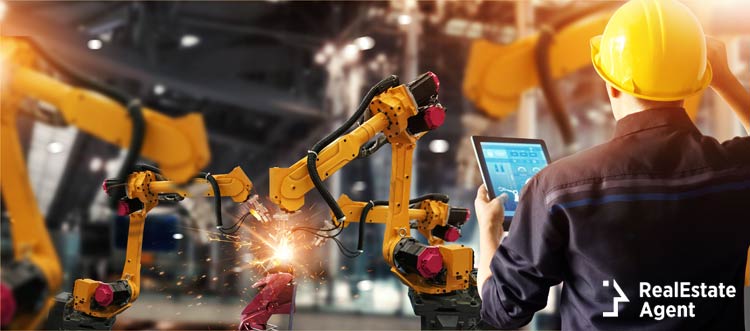
The LoRa applications in smart industrial control can limit dangers during production and reduce maintenance costs for machinery in factories. Because of their endurance, LoRa based solutions can be used in harsh conditions by overcoming long distances with low power, cost, and maintenance.
Smart Metering, Supply Chain, and Logistics
Utilities and metering companies can implement LoRaWAN technologies for systems that are difficult to reach otherwise, often being underground or inside private homes. Like this, they can collect data with ease and track consumption, detect leaks, and improve management efficiency. The technology also makes it possible to track supply chains and logistics. The real estate industry deals with several influencers during production of materials which could be environmentally friendly and this technology can limit that influence as well through metering applications.
Conclusion
The applications of this technology are truly limitless, and this is only the beginning. The future is closing in on us, and it doesn’t have to be a scary one. As technology helped move us out of the industrialization era and decrease our dependence on fossil fuels, the future looks brighter than ever through the implementation of LoRaWAN technology. The science-fiction scenarios of movies like The Terminator and The Matrix no longer seem like grim apocalyptic realities, and pollution would decrease substantially while productivity will improve. It is the best possible scenario for a green and sustainable future. We will continue to use energy but in lower amounts, and green energy can sustain this technology with ease.
Let us know in the comments below what your expectations of the future are and how you think this new technology will impact our lives. Will the big giants of the industry go along with the new standard, or will they fight it to the detriment of our environment? We can all push towards a greener and cleaner future together by Sharing and Liking this article, so more people become aware of this new technology. The future is now, and it’s shining bright against the shadow of pollution.


